If you’re looking for some low-light aquarium plants to add to your tank, you’re in luck. There are a number of plants that thrive in low-light conditions. Here are six of the best, along with some pictures to help you identify them.
Live Plants and Lighting Needs
While low light aquarium plants are not as common as their high light counterparts, there are still a few options available to aquarists. Anubias and Java fern are two of the most popular low light aquarium plants, and both can be easily found at your local fish store.
A simple fluorescent tube will suffice, and you can even get by with a single bulb if you are not looking to grow anything too large. When it comes to lighting, low light aquarium plants do not require as much as their high light cousins. Just be sure to provide your plants with a few hours of light each day, and they should do just fine.
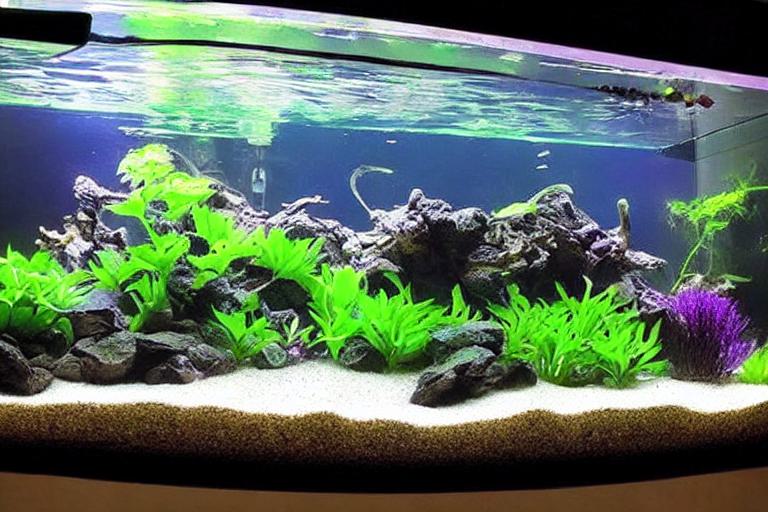
How To Care For Your Plants
If you have plants in your aquarium, it’s important to take care of them so they can continue to thrive. Here are a few tips on how to care for your plants:
They need at least six hours of light per day, so if you have an aquarium with low light, you may need to supplement with artificial light. – Make sure the plants have enough light.
– Don’t over-fertilize the plants. Too much fertilizer can actually harm the plants.
– Keep an eye on the pH level of the water. Most plants prefer a neutral pH, so if the water is too acidic or alkaline, it can stress the plants.
By following these simple tips, you can help your aquarium plants stay healthy and happy.
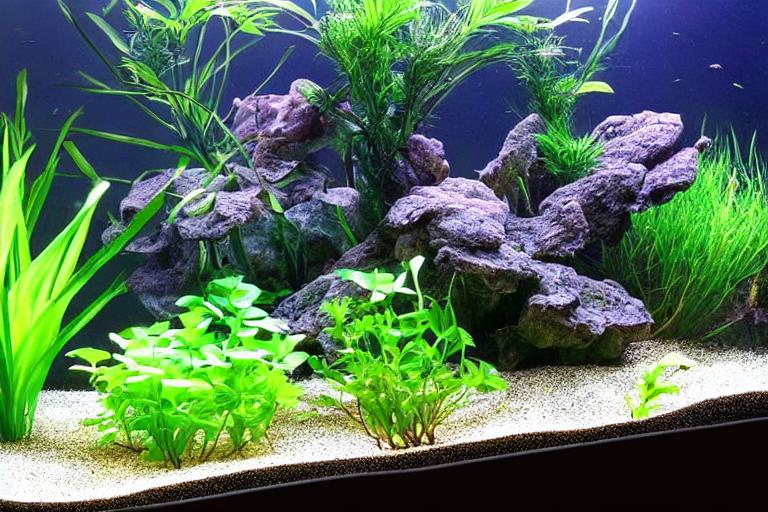
1. Bucephalandra
The plants are found in slow-moving streams and rivers. The plants produce small, white flowers. They are epiphytes, which means they grow on other plants or objects. Bucephalandra is a genus of aquatic plant that is native to Southeast Asia. The leaves are often variegated. Bucephalandra plants have dark green leaves with white or light green veins.
They can be kept in an aquarium with other plants or fish. Bucephalandra plants are slow-growing. Bucephalandra plants are easy to care for and can thrive in low light conditions. The plants can be propagated by dividing the rhizome. They do not require much fertilizer.

2. Java fern
This plant has dark green, leathery leaves that are often used in aquariums as a background plant. Java fern is a popular aquarium plant that can grow in low light conditions. Java fern can be propagated by division or by spores. This plant is native to Southeast Asia and is often found in tropical forests. Java fern is a slow-growing plant that can reach up to two feet in height.


3. Java moss
This plant is easy to care for and is a great addition to any aquarium. This plant is also a great place for fish to hide and spawn. Java moss is a popular aquarium plant that can thrive in low light conditions. Java moss can be used to create a natural looking landscape in your aquarium.
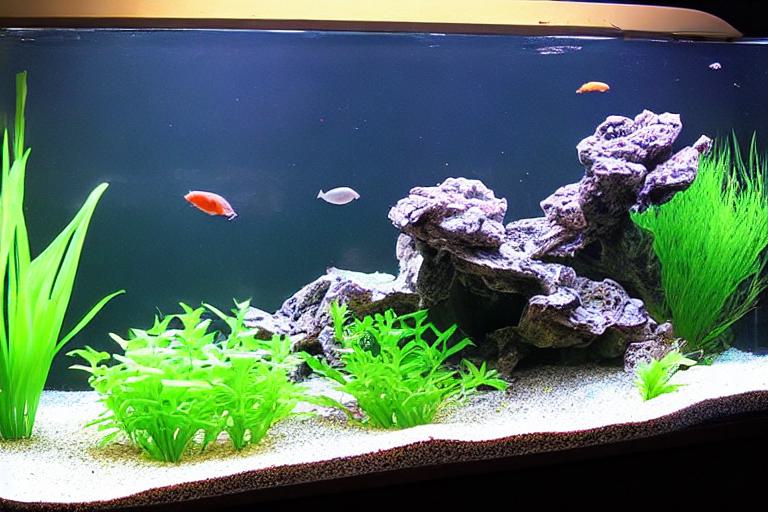

4. Anubias
Anubias is a great plant for beginners because it is easy to care for and can tolerate a wide range of water conditions. Anubias is a slow-growing plant, but it can reach up to 12 inches in height. Anubias is a genus of aquatic plant that can grow in both low and high light conditions.
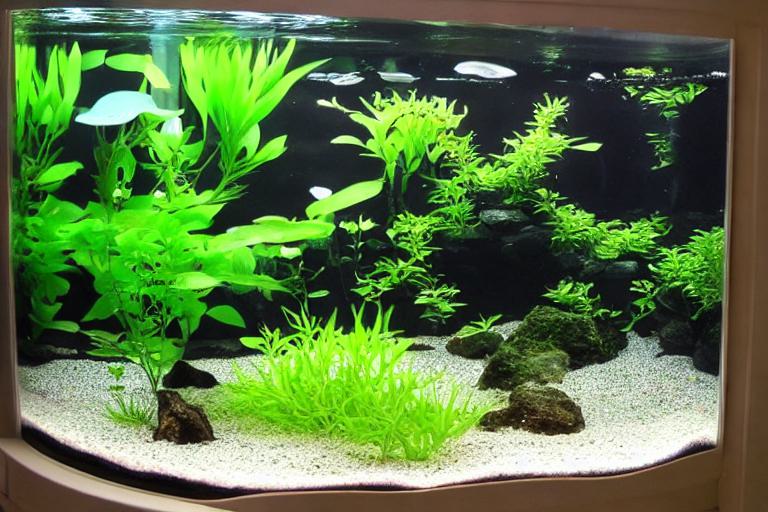

5. Cryptocoryne
Cryptocoryne is a genus of aquatic plants that are native to Sri Lanka and India. Cryptocoryne is a popular genus of aquarium plants and is commonly known as the “water trumpet”. Cryptocoryne is an ideal plant for beginners and those who do not have access to high levels of light. Cryptocoryne is a popular plant for aquariums because it is relatively easy to care for and does not require high levels of light. Cryptocoryne is a slow-growing plant and can reach up to 30 cm in height.


6. Marimo moss ball
Marimo moss balls are also known for their ability to absorb toxins from the water, making them a great natural filter for your aquarium. They are a popular plant for aquariums because they are low-maintenance and can grow in low-light conditions. Marimo moss balls are a type of algae that forms into a round, fuzzy ball.
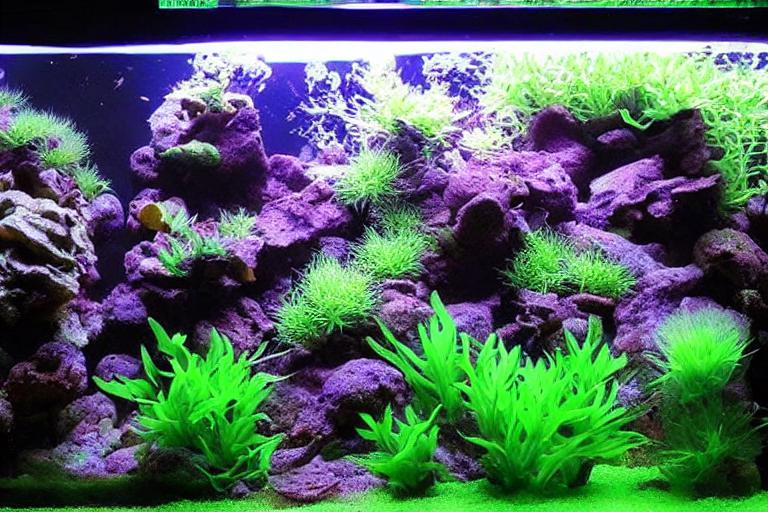
Can low light plants grow with more light?
Low light plants can also be grown in aquariums with more light, but they may not do as well as they would in low light. Aquarium plants that grow in low light can also grow in more light, but they will grow faster in more light.
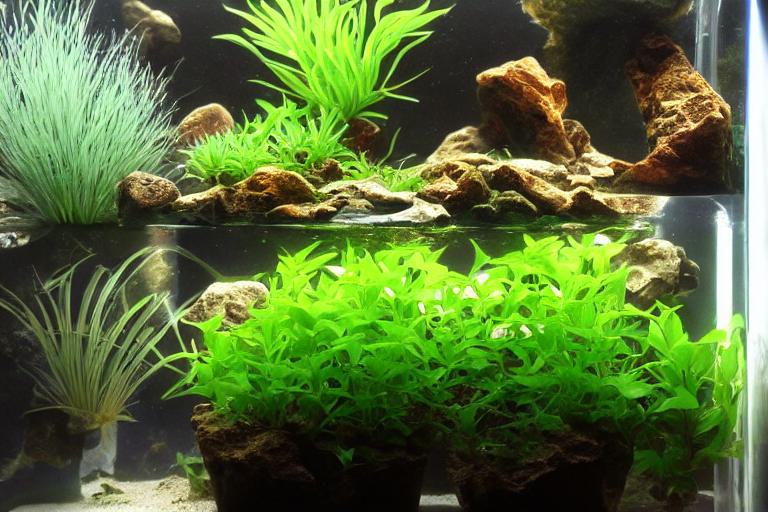
Is adding fertilizer a must?
Some aquarium plants are able to grow in low light conditions without the addition of fertilizer. The six plants listed in the article are all examples of plants that can grow in low light without fertilizer. Adding fertilizer to an aquarium can be beneficial to plant growth, but it is not always necessary.
Fertilizer can help to promote growth in plants that are struggling to grow in low light conditions. If you are unsure whether or not to add fertilizer to your aquarium, it is best to consult with a professional. That being said, there are some benefits to adding fertilizer to an aquarium. It can also help to maintain the health of plants that are already growing well.
Frequently Asked Questions
1. What are the six aquarium plants that grow in low light?
2. How do these plants differ from other aquarium plants?
3. What are the benefits of having these plants in your aquarium?
4. How do you care for these plants?
5. What are some of the common problems associated with these plants?
1. What are the six aquarium plants that grow in low light?
The six aquarium plants that grow in low light are Java fern, Anubias, Cryptocoryne, Vallisneria, Sagittaria, and Echinodorus.
2. How do these plants differ from other aquarium plants?
These plants differ from other aquarium plants in that they do not require as much light to grow. They are also generally easier to care for.
3. What are the benefits of having these plants in your aquarium?
The benefits of having these plants in your aquarium include providing shelter and hiding places for fish, absorbing excess nutrients, and helping to oxygenate the water.
4. How do you care for these plants?
Caring for these plants is relatively easy. They do not require as much light or as much attention as other plants. Simply ensure that they are getting enough light and water, and fertilize them occasionally.
5. What are some of the common problems associated with these plants?
Some of the common problems associated with these plants include algae growth and leaf drop. These problems can usually be avoided by providing the plants with enough light and nutrients.
Final thoughts
If you’re looking for some low-light aquarium plants to add to your tank, these six options are a great place to start. They’re all relatively easy to care for and can thrive in a wide range of lighting conditions. So, whether you’re a beginner or a seasoned aquarium owner, you’re sure to find a plant on this list that’s perfect for your tank.
